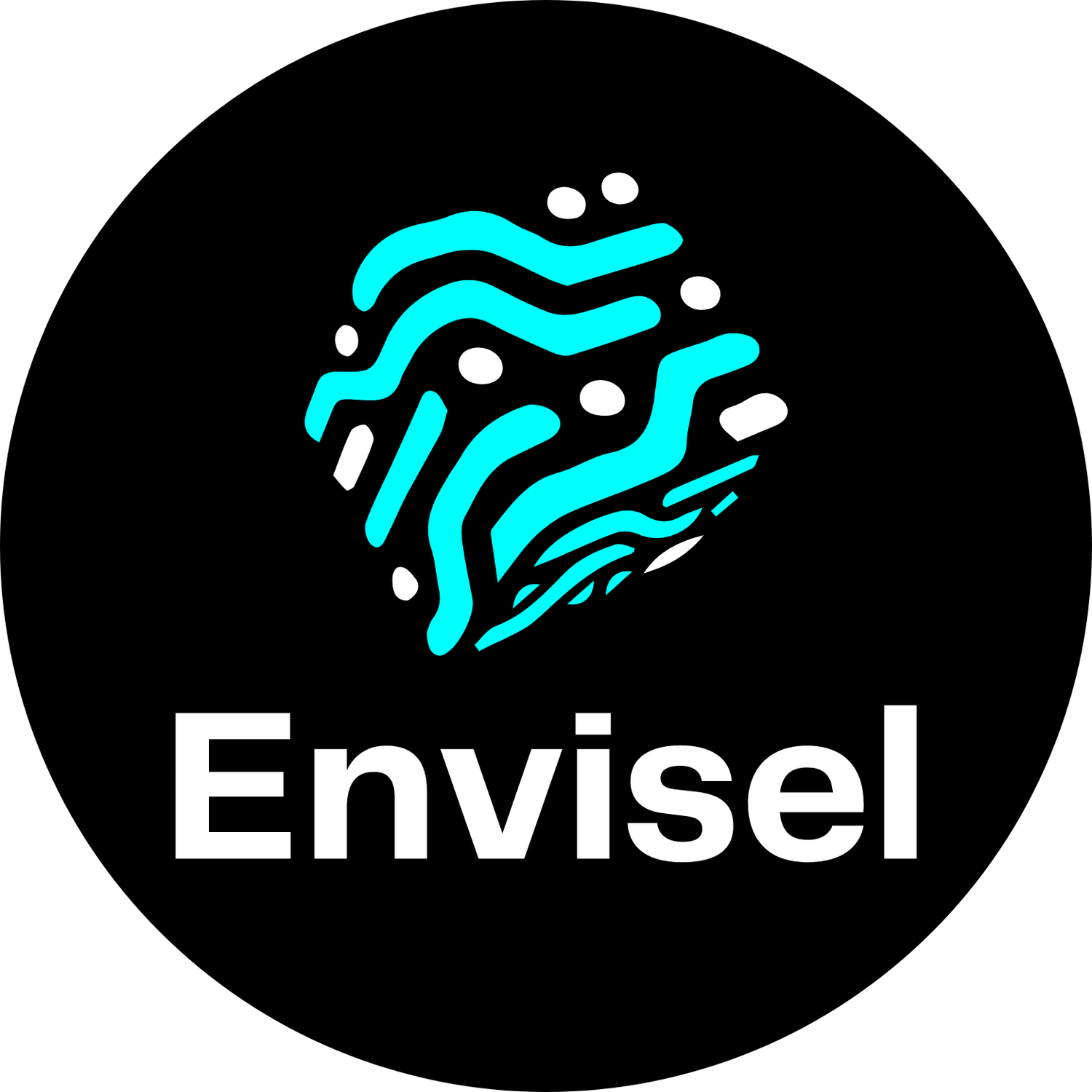Understanding the Basics of Data Learning
Introduction to Data Learning
Data learning is a fundamental aspect of the ever-evolving field of data science. It encompasses the techniques and methods used to discover patterns, make predictions, or generate insights from data. This process involves a continuous learning cycle where algorithms are trained and improved based on new data.
The Importance of Data
Before delving into data learning, it is crucial to understand the importance of data itself. In this digital age, data is akin to a natural resource, akin to oil or gold in previous eras. It empowers businesses, drives decision-making, and stimulates technological advancements. The quality and quantity of data can dramatically influence the outcomes of data learning processes.
Categories of Data Learning
Data learning can be broadly categorised into several types:
- Supervised Learning: This involves training a model on a labeled dataset, meaning that the input data is paired with the correct output. The model learns to predict outputs based on this initial training.
- Unsupervised Learning: Here, the model works with unlabeled data to find hidden patterns or intrinsic structures without predefined categories or labels.
- Semi-Supervised Learning: This is a hybrid approach that uses both labeled and unlabeled data. It is particularly useful when acquiring a completely labeled dataset is impractical due to time or financial constraints.
- Reinforcement Learning: This type of learning is inspired by behavioral psychology and uses a system of rewards and punishments to train models to make a sequence of decisions to achieve a goal.
Data Preprocessing
Before a model can learn from data, that data must often be preprocessed. This may involve cleaning the data (removing inconsistencies or filling missing values), normalising it (scaling it to a certain range or distribution), and transforming it (converting non-numerical data to numerical values). Preprocessing is a crucial step in ensuring that the model can learn effectively.
Model Training and Evaluation
In data learning, a model is trained to recognise patterns or perform tasks. This training necessitates the use of algorithms, procedures or formulas for solving a problem. Once a model is trained, it must be evaluated to determine its accuracy and effectiveness in making predictions or decisions. Typically, this evaluation is done by testing the model on a separate dataset that it has not seen before.
Overfitting and Underfitting
Two common challenges in data learning are overfitting and underfitting:
Overfitting occurs when the model learns the training data too well, including noise and outliers, to the detriment of its performance on new data.
Underfitting happens when the model is too simple to capture the underlying trends in the data, resulting in poor performance both on the training data and on new data.
It's essential to strike the right balance between these two extremes to create a model that generalises well.
The Role of Big Data and Cloud Computing
The increased generation of big data and the advent of cloud computing have transformed data learning. Big data refers to datasets that are too large or complex to be dealt with by traditional data-processing application software. Cloud computing allows for scalable storage and computational power, facilitating the handling of large datasets and complex models. These technologies have led to more sophisticated and efficient data learning processes.
Machine Learning and Artificial Intelligence
Machine Learning (ML) and Artificial Intelligence (AI) are closely linked to data learning. ML applies data learning to automate the development of analytical models, enabling machines to learn from data. AI, on the other hand, aims for a broader set of capabilities, including perception, reasoning, and learning. Data learning is a fundamental building block of AI applications, powering systems that can mimic and even surpass human cognitive functions.
Conclusion
Understanding the basics of data learning is essential for anyone looking to leverage data in meaningful ways. Whether in business, research, or everyday applications, the ability to transform raw data into actionable knowledge is a key driver of innovation and success in the digital era. As technological capabilities continue to advance, the role of data learning will only become more integral and impactful across various industries and domains.
